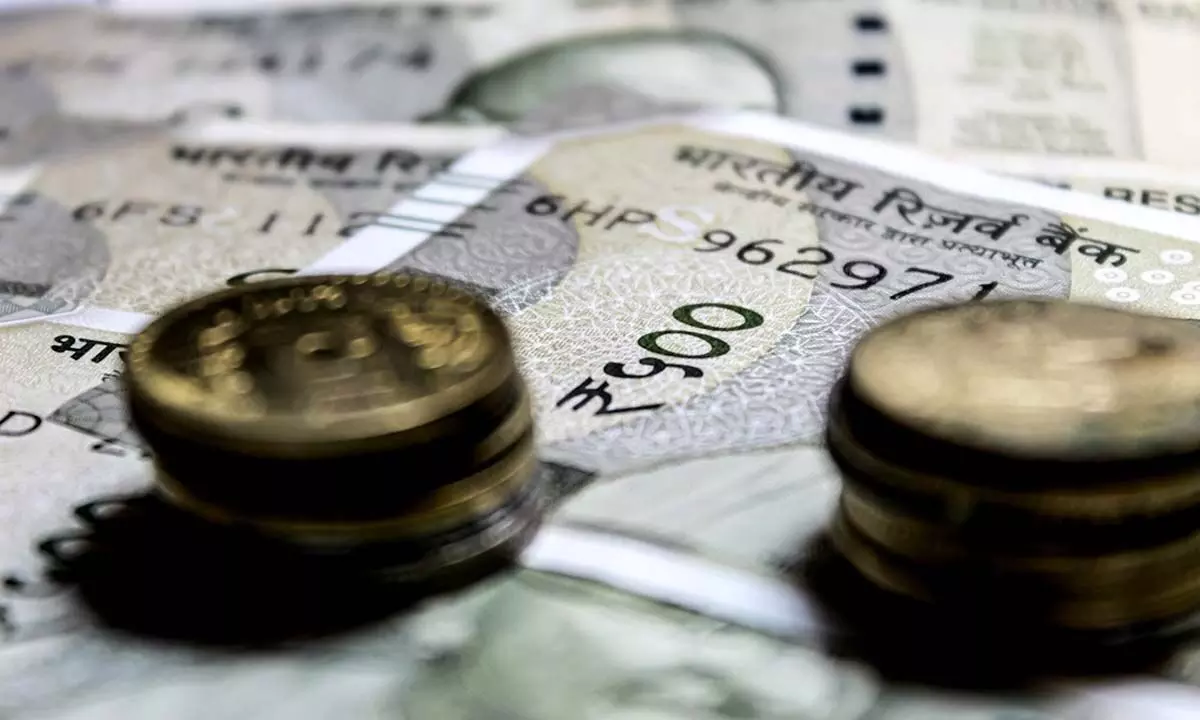Rs25-trn credit gap in MSME space holds big biz potential
MSME sector has a total credit demand of Rs69.3 trn, growing at 11.5% CAGR; Less than 15% of the demand is being catered by formal sources: BLinC Invest
image for illustrative purpose

BLinC Invest's study identifies the 4 major constraints to accessing formal credit in India. They're: expensive access to capital, penetration and acquisition, underwriting and collections
- 6.34 cr MSMEs in India
- MSMEs contribute 30% to India's GDP
- 5 States account for 50% of total MSMEs in India
- UP home to 90 lakh MSMEs, the highest in a State
- Followed by West Bengal, TN, Maharashtra and Karnataka
Mumbai: There lies a credit gap of Rs25 trillion (Rs 25 lakh crore) in the MSME sector that can be potentially addressed through emerging business models, says a study by BLinC Invest.
The Indian MSME sector comprising 6.34 crore MSMEs, contributes 30 per cent to India's GDP. The MSME sector has a total credit demand of Rs 69.3 trillion, growing at a CAGR of 11.5 per cent. Less than 15 per cent of the demand is being catered by formal sources. The report identifies the key opportunities, while proposing business models best suited to cater to this demand.
The primary research methodology included on-ground visits and telephonic interviews with MSMEs across over 15 States in the country and interviews with key industry leaders in the financial services sector. This was supplemented with various secondary research data. The study also delved deeper into the various business models and identified the four major constraints to accessing formal credit in India for each of the business models, or expensive access to capital - Penetration and Acquisition, Underwriting and Collections. The five States that account for 50 per cent of total MSMEs in India are Uttar Pradesh (highest number of MSMEs in India 90 lakh), West Bengal, Tamil Nadu, Maharashtra, and Karnataka.
While quarterly MSME disbursements have grown two times over the last two years, this is primarily on account of increased credit penetration and not on account of additional risk taken by the financial institutions. This is indicated by the fact that approval rates for the medium risk tier segment have remained unchanged, hovering around 30 -35 per cent, for private banks in the last one year and have decreased for PSUs and NBFC over the last two years.
Talking to Bizz Buzz, Amit Ratanpal, founder & MD, BLinC Invest, says: "Businesses need funding to grow. The MSME market is largely underserved in terms of financing and solving this huge credit gap is critical for the growth of the Indian economy as a whole. The market lacks a
comprehensive MSME lending report that highlights the funding gap and throws light on key pain points to propose business models that will solve the problem."
"We hope the report will encourage investment and innovative ideas that will provide this key sector the much-needed funds to grow their businesses," he said.
He also adds, "the report digs deep into recognizing MSMEs' opportunities from the Indian & global perspective, the existing gaps of underserved credit, the urban/rural cities where the opportunities lie, and the successful models for providing credit. Our research findings state that a solid business model and stable funding can help the MSMEs address the backdrop and grow their business."
The report highlights nine business models such as payment gateways/QR code, POS financing, Neobanks, P2M Lending, anchor-based supply chain finance, etc., which paved the way for the development of the MSME sector. The total funding garnered into this sector stands at $5.5 billion for the period 2016-2021 with majority of the funding received by neobanks, NBFC with branch network, payment gateway/QR code business models.
The report highlights four white spaces - POS Financing, Anchor-led Supply Chain Finance, NBFC (with branch network), and Embedded Finance. It shares data on key points such as penetration and growth, VC/PE activity, maturity level and BLinC Invest insights.

